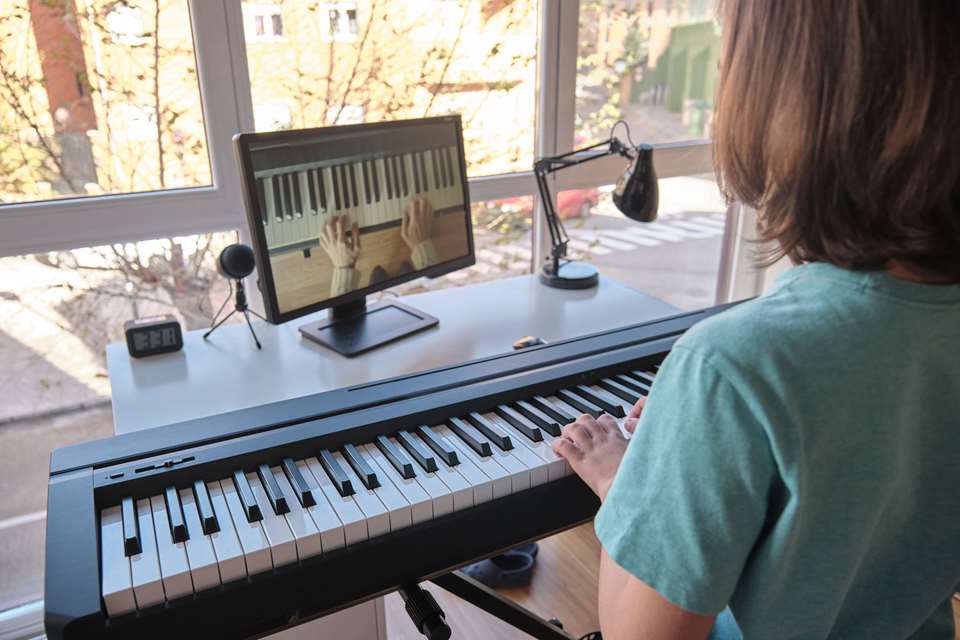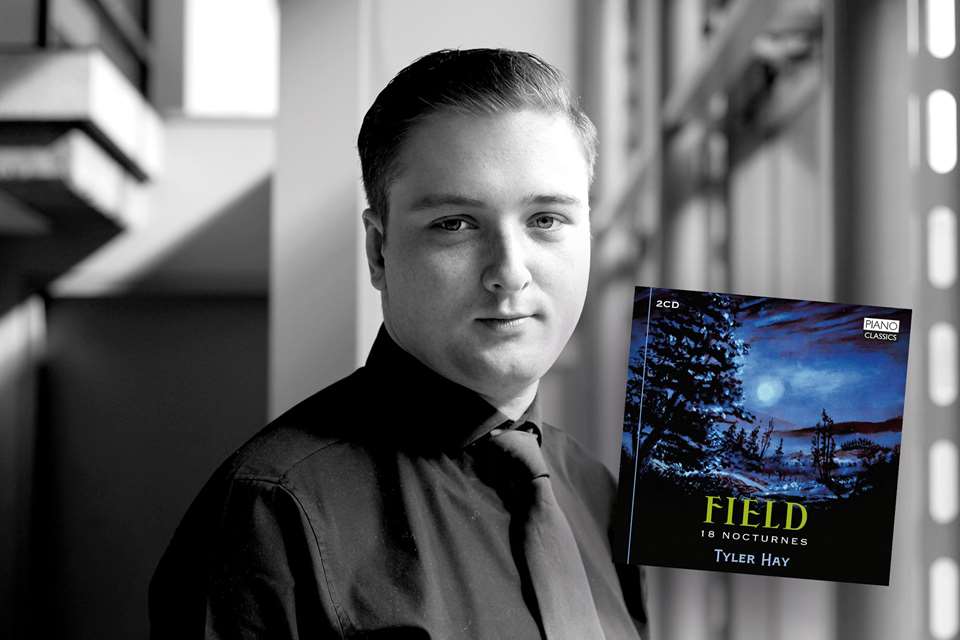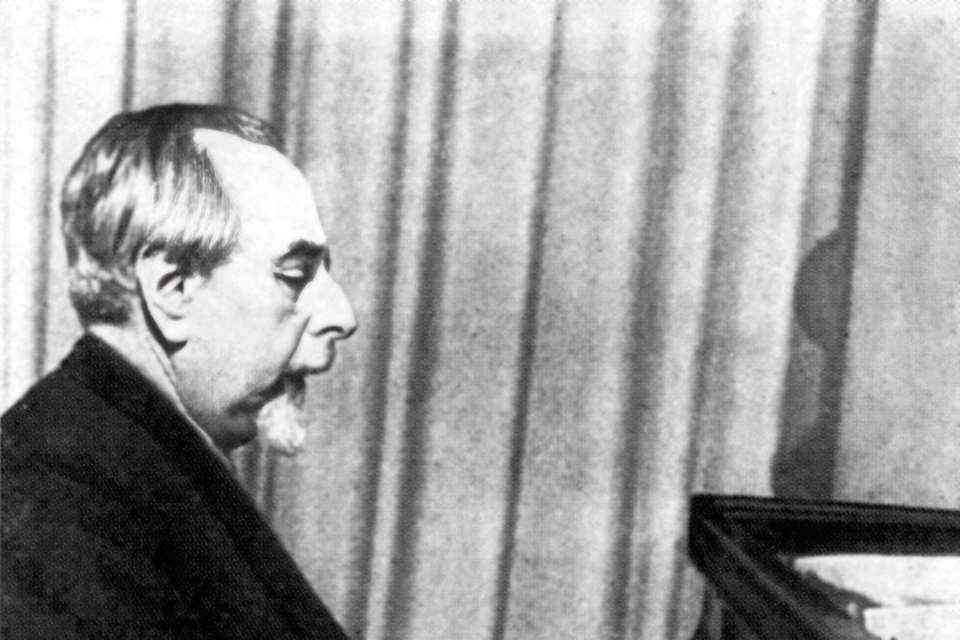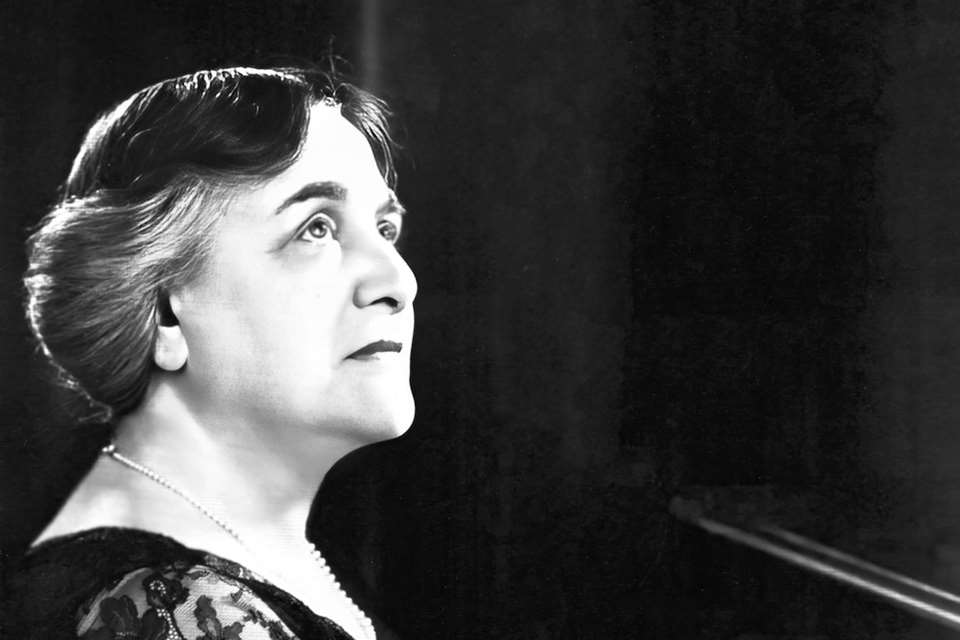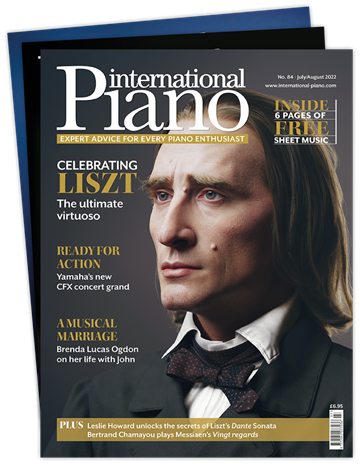The nuts and bolts of piano technique – Part 1: Octaves
Murray McLachlan
Friday, March 8, 2024
A manual breaking down aspects of piano technique with practical advice and step-by-step guidance for players of all standards, written for International Piano by Murray McLachlan
Register now to continue reading
This article is from International Piano. Register today to enjoy our dedicated coverage of the piano world, including:
- Free access to 3 subscriber-only articles per month
- Unlimited access to International Piano's news pages
- Monthly newsletter




